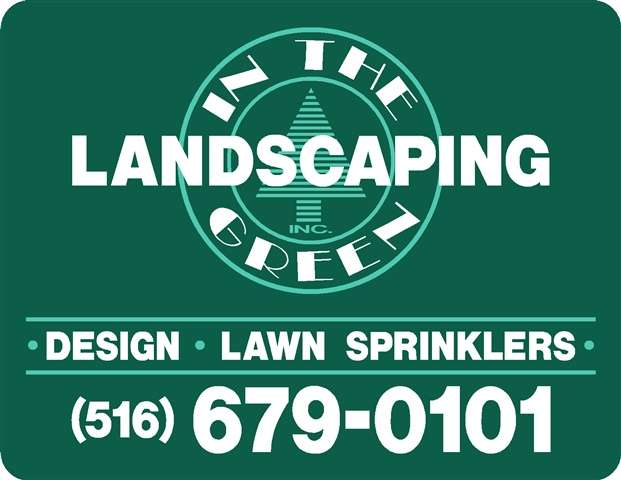If your lawn had waves of coastal water pouring over it, the best management practice for those flooded lawns is to leach salts through the soil and away from the roots. All of the rain following Sandy has been very helpful. High salt levels in the soil solution draws water out of germinating seedlings and the roots of plants, causing desiccation.
Gypsum (Calcium Sulfate) application removes sodium from soil, by calcium ions displacing the sodium ions. The sodium ions are then flushed through the soil, and out of the rooting zone. Therefore, following a broadcast application of gypsum, the area must be irrigated to leach the sodium through the soil. Gypsum is usually added at 46-138 lbs/1000 square feet. Gypsum is much more effective for silt and clay soils then for sandy soils. In clay soils, the excess sodium leads to deflocculation and destruction of soil aggregates causing a “chemical compaction.” Thus the addition of gypsum to clay soils will also help improve the soil texture.
The addition of compost will help improve the soil and mitigate salty or brackish water effects on soils. Do not use manure, sewage sludge, or any other compost that may have high salt content.
If you want a quick test to check the health of your soil, try sprouting (indoors under houseplant conditions) a few tomato, cucumber, lettuce, or clover seeds in affected soil and also, as a control, sprout some seeds in soil that you know was not exposed to extra salt. If the seedlings in the affected soil do not grow or begin to be sickly at the two leaf stage compared to the ones in the unaffected soil, then you know there are salts in the soil.
Test the soil for pH and salts before reseeding in the spring to be sure the soil is viable. Autumn is the best time for renovation, but if necessary renovation can be done in the spring. Cores aerate to improve the soil, along with the addition of compost, followed by seeding
Cornell University
Cooperative Extension
Nassau County



